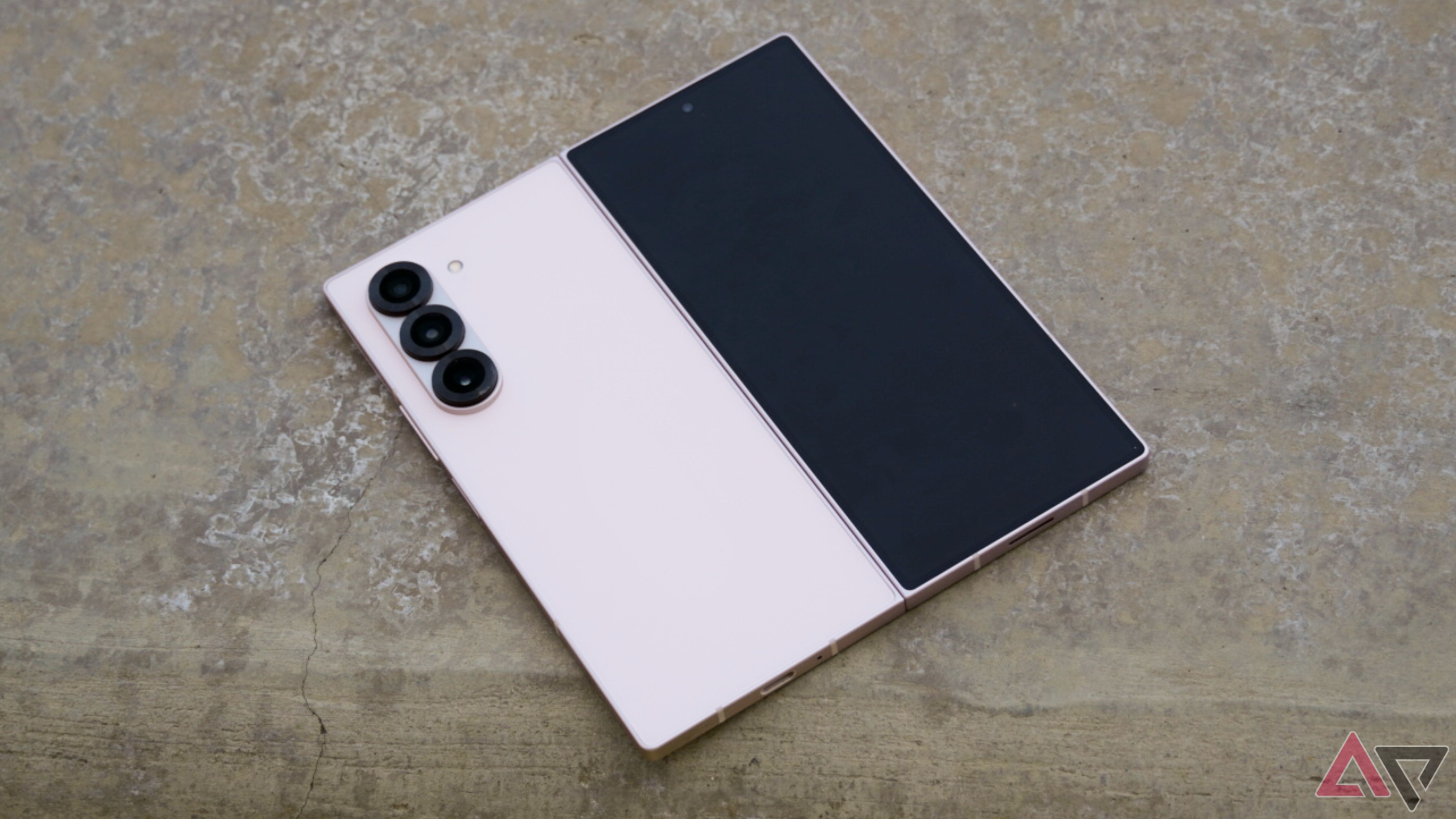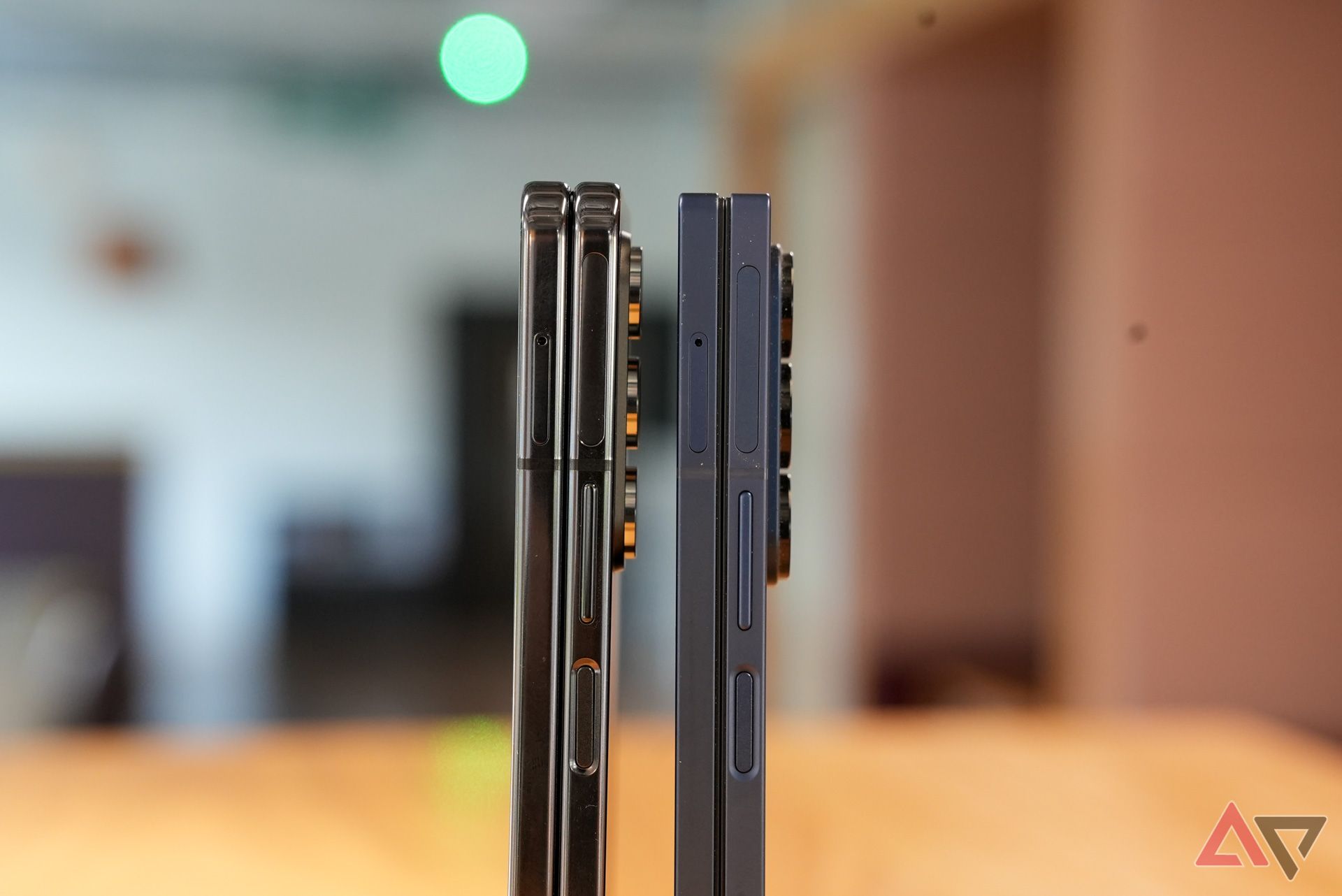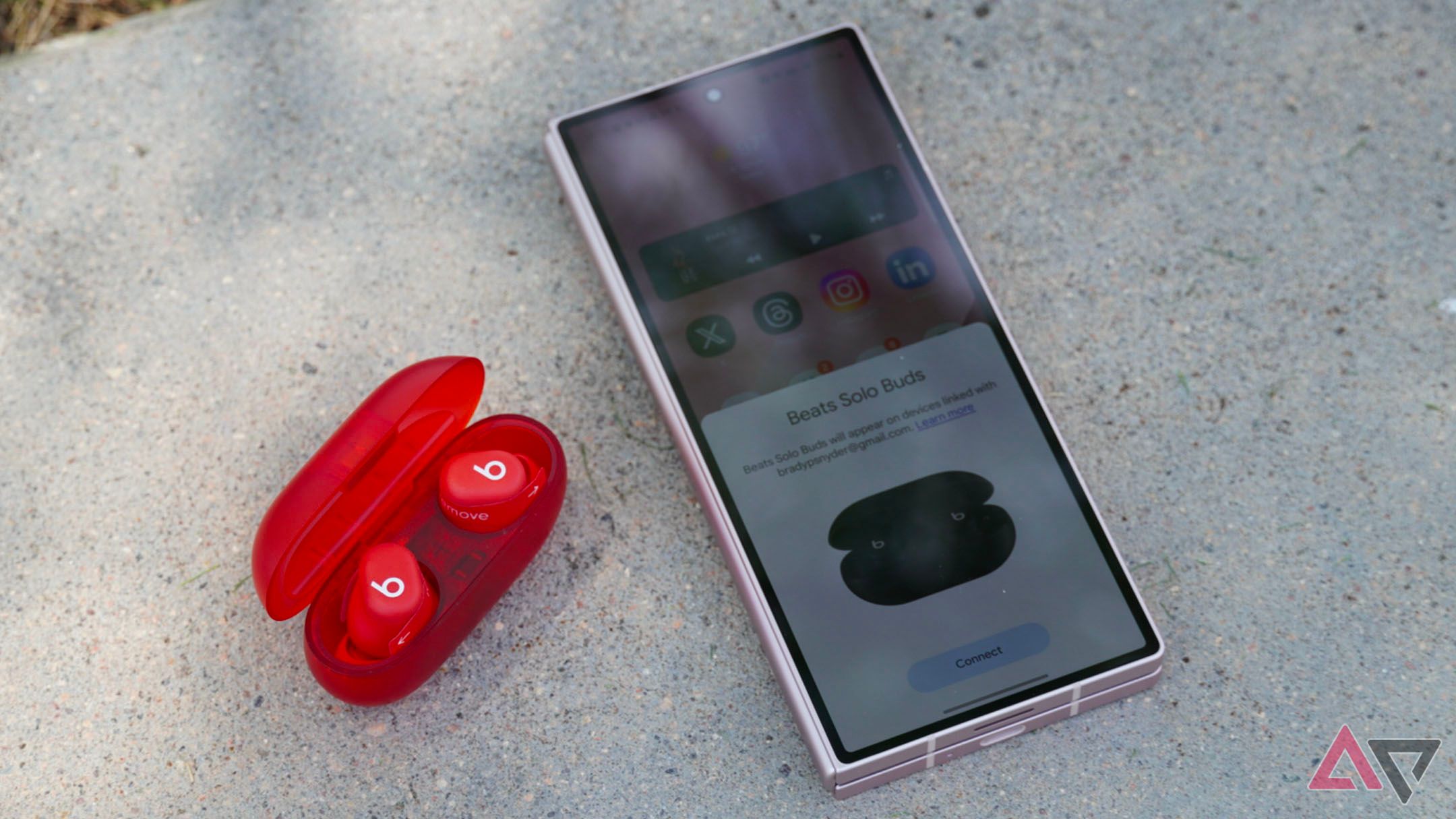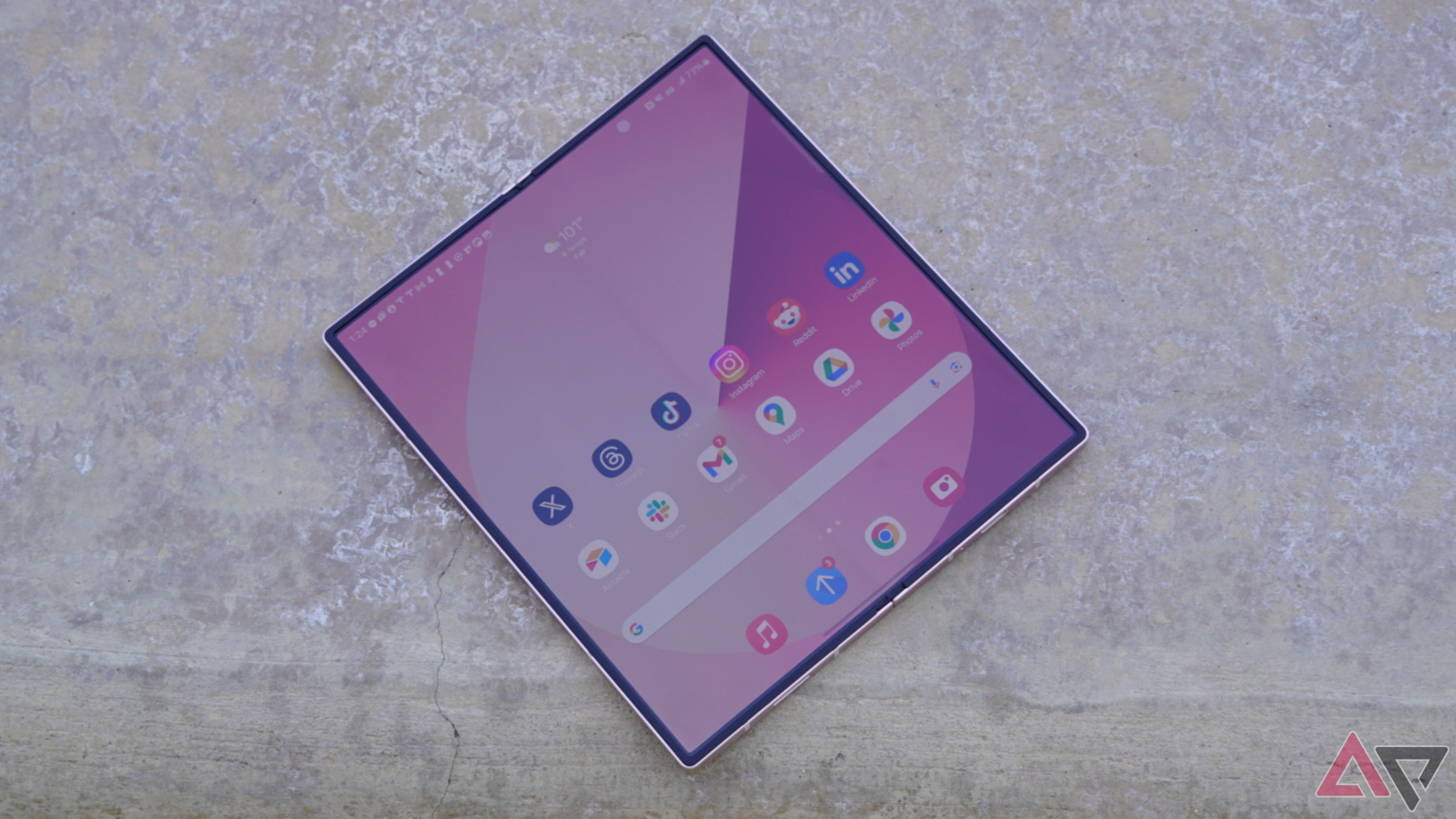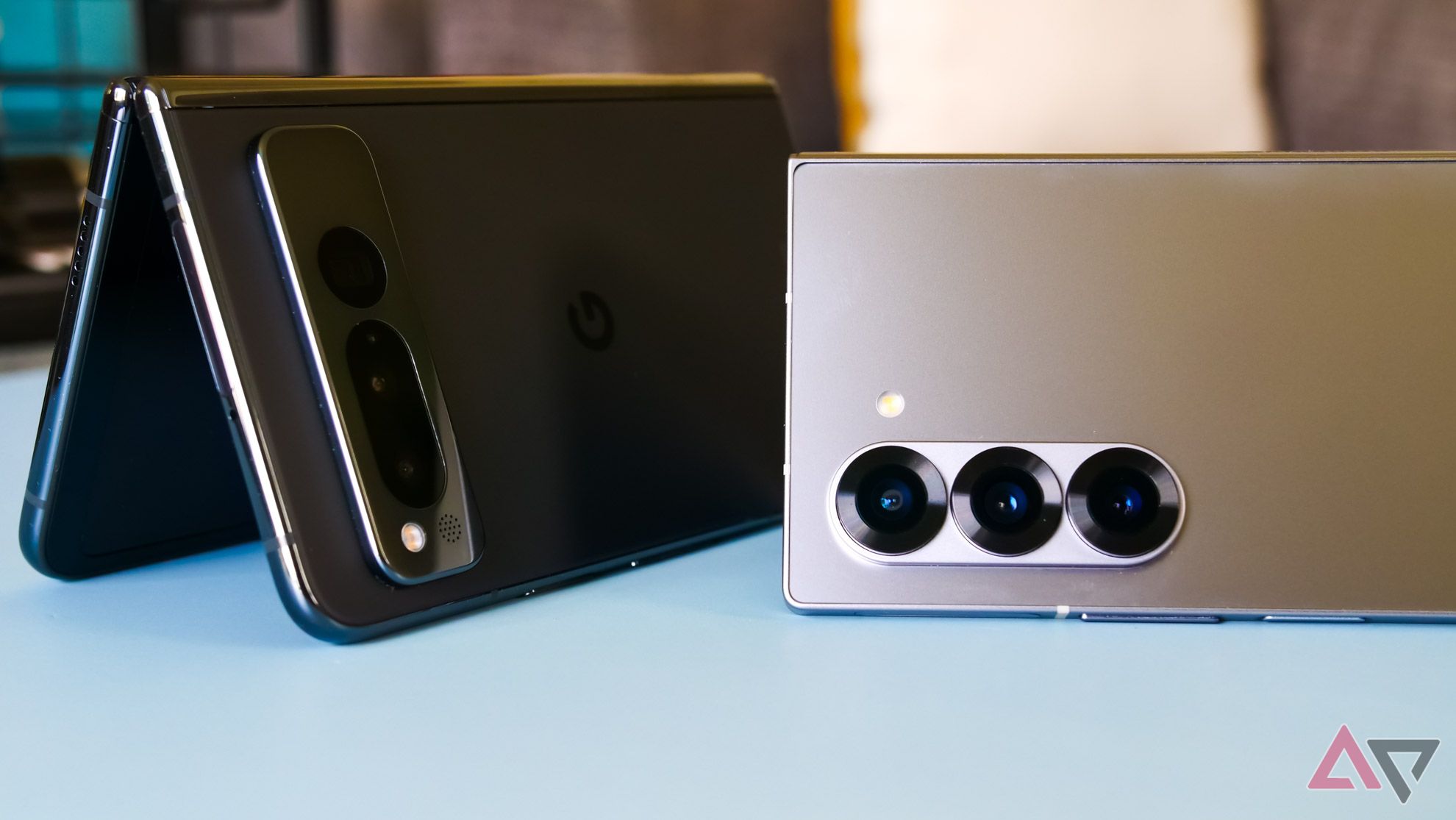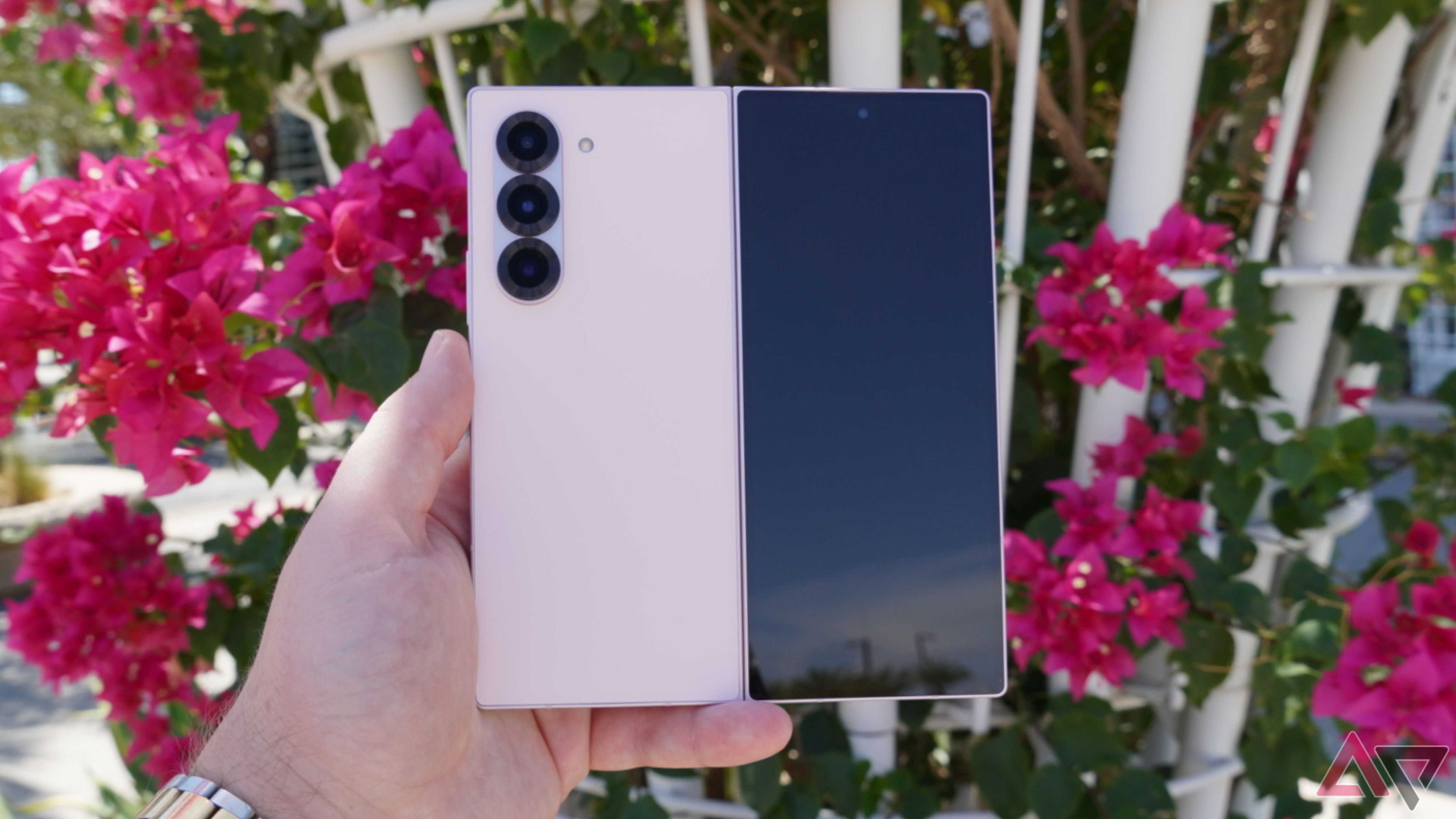Google and OnePlus collectively threw the challenge flag at Samsung last year when the companies released the Pixel Fold and OnePlus Open, respectively. Those two great foldable phones were the first that really competed with Samsung on North American soil, at a time when its innovation with foldables was stagnating. I had hoped that Samsung would be up to the challenge, bringing more upgrades to the Galaxy Z Fold 6.
That wasn’t the case, so why do I love using it so much? We didn’t get faster charging, better multitasking features, Qi2 support, main camera upgrades, or anti-glare screens; but after more than a week of using the Galaxy Z Fold 6, I’m confident it’s the best folding phone I’ve ever used. After years of using foldables, I’m sure the Galaxy Z Fold 6 is more than the sum of its parts.
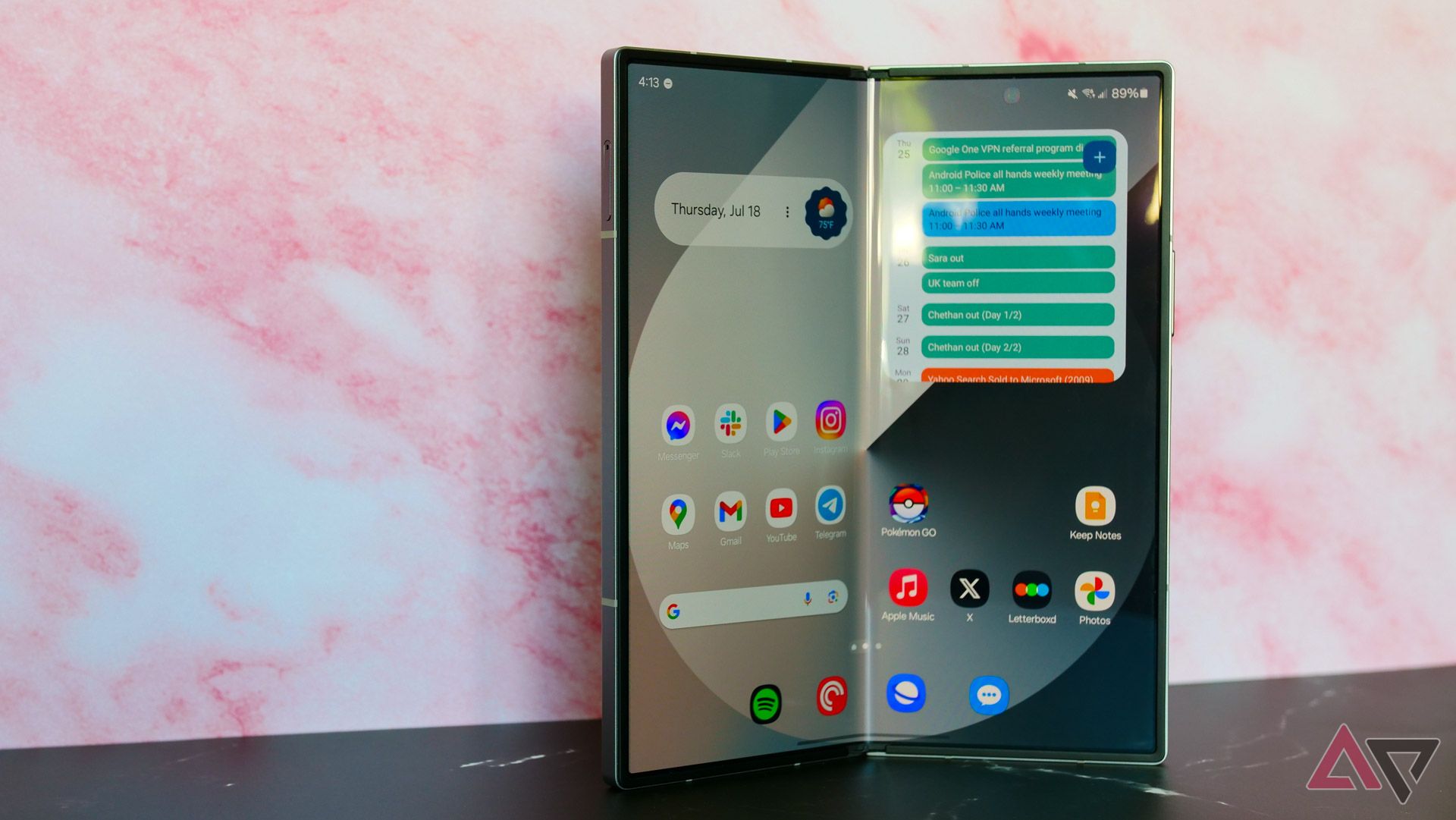
Related
Review: The Galaxy Z Fold 6 has cost Samsung its head start in the foldable race
A real tortoise-and-hare situation
It starts with a thinner, rectangular chassis
The Galaxy Z Fold 6 feels better than my Pixel Fold and Z Fold 4
The design of a smartphone is a superficial factor, sure, but it determines whether a phone feels cheap, premium, or dated. For example, the curved display on the OnePlus 12R makes it seem less modern than the Google Pixel 8a. This year, Samsung went all-in for the rectangular design on the Galaxy Z Fold 6.
It has sharp edges and corners that are only ever-so-slightly rounded, and the whole thing is more akin to the Galaxy S24 Ultra than the Galaxy S24. I love the rectangular, flat chassis of the Galaxy Z Fold 6. To me, it simply fits the phone. The shape matches the rectangular aspect ratio of the cover screen and the squarish inner screen perfectly.
Plus, I don’t want my nearly $2,000 foldable to look like a regular flagship phone, many of which feature prominent curves. Instead, I want it to feel modern and futuristic, and that’s the feeling I get from the Galaxy Z Fold 6 — thanks to the rectangular shape, miniscule bezels, and thin form factor.
The thinness certainly has something to do with the premium feel of this device. The camera bump is worse than ever, though, as I can’t even use this phone on a table without feeling enraged. Aside from that, it feels great in your hand and in your pocket. No, it’s not the thinnest foldable on the planet, but it’s thin enough that you forget you’re not using a traditional slab phone.
The matte finish is nice to see, too. The polished rails on the older Galaxy Z Fold 4 and Galaxy Z Fold 5 were a reflective mess that became easily covered in smudges. What’s so premium about that?
Is this the perfect cover screen?
The Pixel Fold cover screen may be too wide
I’ve spent the last year daily driving foldables with cover screens too narrow (Galaxy Z Fold 4) and really wide (Pixel Fold). I was surprised to find that the Galaxy Z Fold 6 cover screen, which is a few millimeters wider than last year’s model, finds the perfect middle ground.
The Galaxy Z Fold 5 and older had cover screens that were nearly impossible to use for anything that required speed; the narrow keyboard was a real deterrent to efficiency. However, the Pixel Fold’s cover screen was wide enough to feel like a regular phone.
Before I got my Pixel Fold review unit, that’s what I thought I wanted from a big-screen foldable. Oh, how wrong I was. Your mileage may vary, but I found that because the Pixel Fold’s wider cover screen was like a typical smartphone’s display, I used it like a typical smartphone. Real-world usage of the Pixel Fold over many months saw me rarely open the main screen, which is the opposite of what you expect from using a foldable.
I want a cover screen that doesn’t make me want to pull my hair out when I need to use it, but also one that pushes me to open that gorgeous main display whenever possible. In a week of testing the Galaxy Z Fold 6, I used the main screen on this phone more than any other foldable.
Whether the new aspect ratio or a more manageable form factor is the cause, I’m finding a great rhythm of mixing usage of the inner and outer displays. I think this foldable might have the perfect combination of screen sizes and aspect ratios to maximize usability and value.
For what it’s worth, the OnePlus Open has a similar combination of aspect ratios and screen sizes. However, OnePlus’ foldable is slightly wider, and I’m not sure whether I’d want or need the extra space.
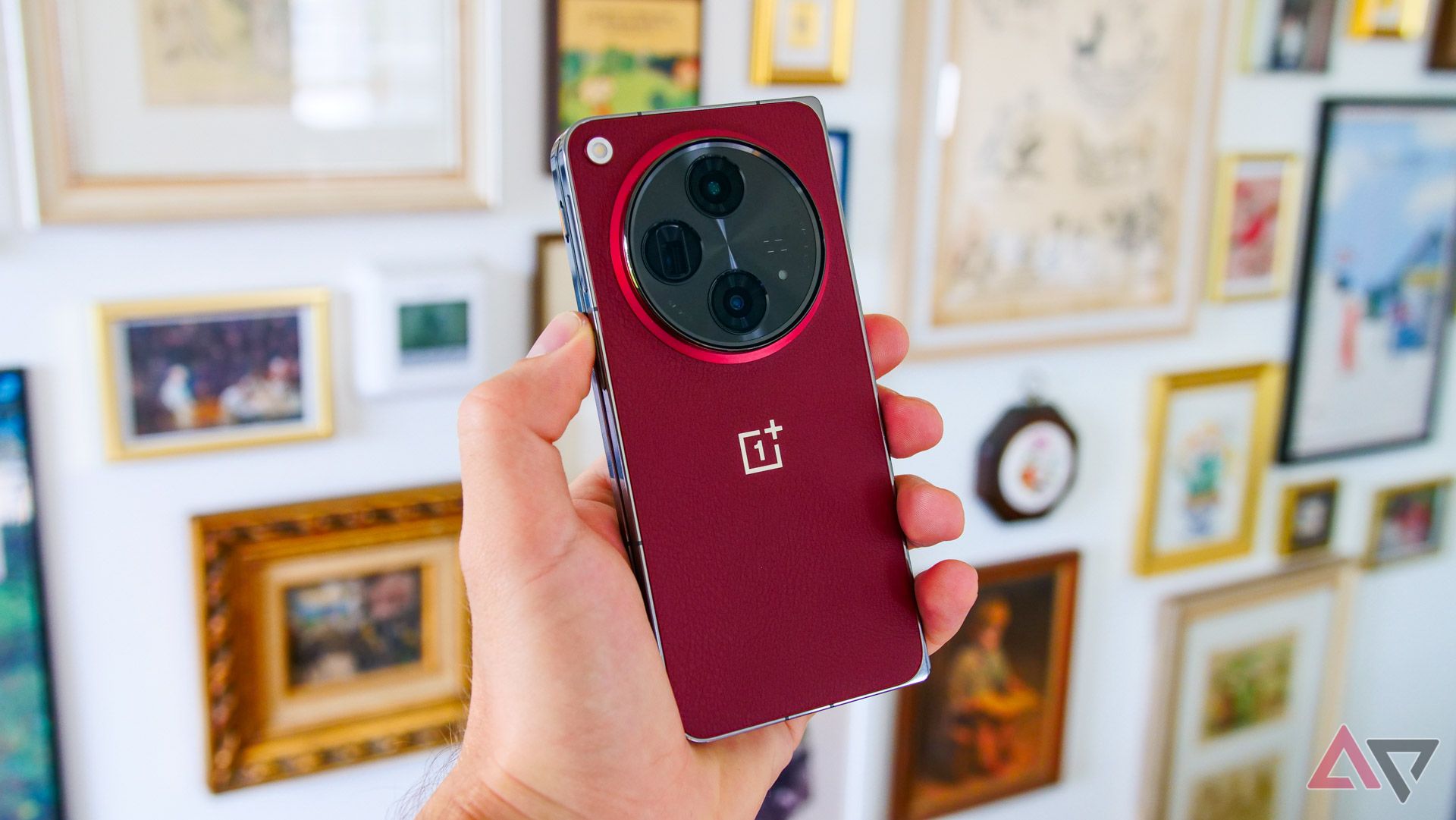
Related
My favorite foldable of 2023 may just be my favorite foldable of 2024, too
This OnePlus Open is looking absolutely fire
Build quality is still unmatched
The hinge and overall sturdiness are huge wins
It’s easy to take for granted the build quality you get with Samsung foldables. There were a rough few years at first, but it seems like Samsung has worked out most of the kinks by now. In particular, the inside of the Galaxy Z Fold 6 and its slim bezels, hinge, and raised edges make it more durable and sturdier than its competitors.
You don’t realize how amazing Samsung’s hinge is until you try a different foldable. Motorola’s Razr+ (2023) has a uniquely-terrible hinge that feels shaky and loose to a fault. The Pixel Fold’s hinge was fine for me at launch, but after nearly a year of using the device, it doesn’t come close to opening completely flat.
My guess is that the already-weak hinge got dust and debris lodged inside it over time, limiting its range of motion. Regardless, it’s not good, and the whole device feels more like a rough draft the more you use it.
The Galaxy Z Fold 6 feels more like a normal phone than any foldable, making it a great option for first-time buyers. The problem is, it costs nearly two grand, and that’s why Samsung’s lack of upgrades makes it hard to recommend despite the polished experience. That said, it’s not nearly as unfortunate as the Google Pixel Fold.
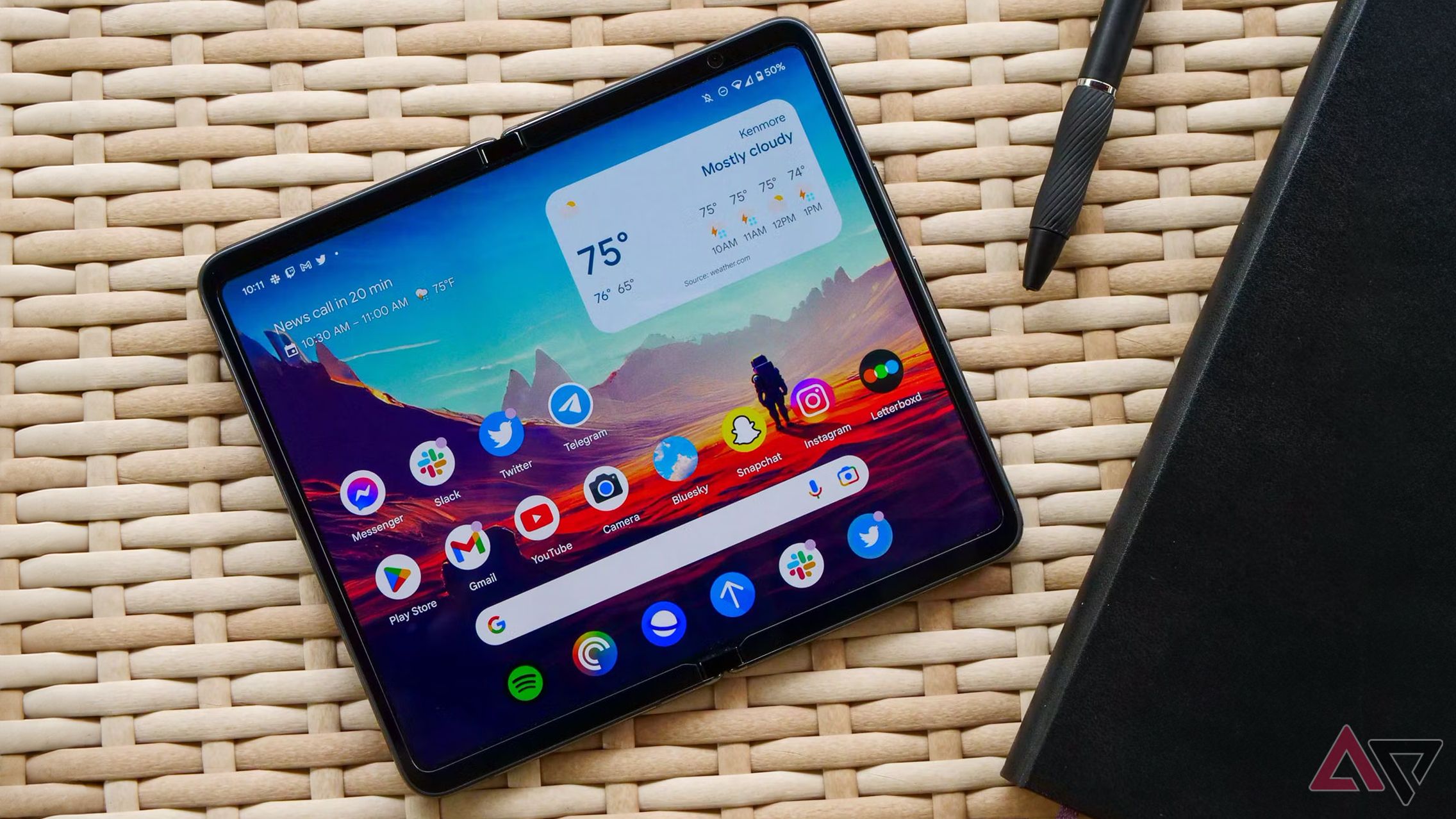
Related
Google Pixel Fold review: An $1,800 rough draft
Google’s first foldable fails to live up to its full potential
Should we reward Samsung’s complacency?
I’m torn about whether the Galaxy Z Fold 6 is worth the price
So, should you buy a Galaxy Z Fold 6? I’ve said a lot of good things about it, and yet the answer is complicated. At the vesy least, I think buyers need to seriously consider whether they’re willing to reward bad behavior by spending $1,900 on this smartphone.
Selling a phone that costs this much with the same main camera sensor for three straight years is the definition of complacency. At some point, consumers need to decide enough is enough and vote with their wallets.
So, even though I think the Galaxy Z Fold 6 is the most polished foldable I’ve used, I probably won’t buy it. The one I’m testing is a loaner from AT&T, and I’ll have to decide whether to buy a Galaxy Z Fold 6 of my own, choose the OnePlus Open instead, or stick with my trusty Galaxy Z Fold 4 when it’s time to send it back.
As of now, while the Galaxy Z Fold 6 is certainly better than prior Galaxy foldables than its minor upgrades would suggest, I don’t think I can stomach giving Samsung all that money for playing it this safe.
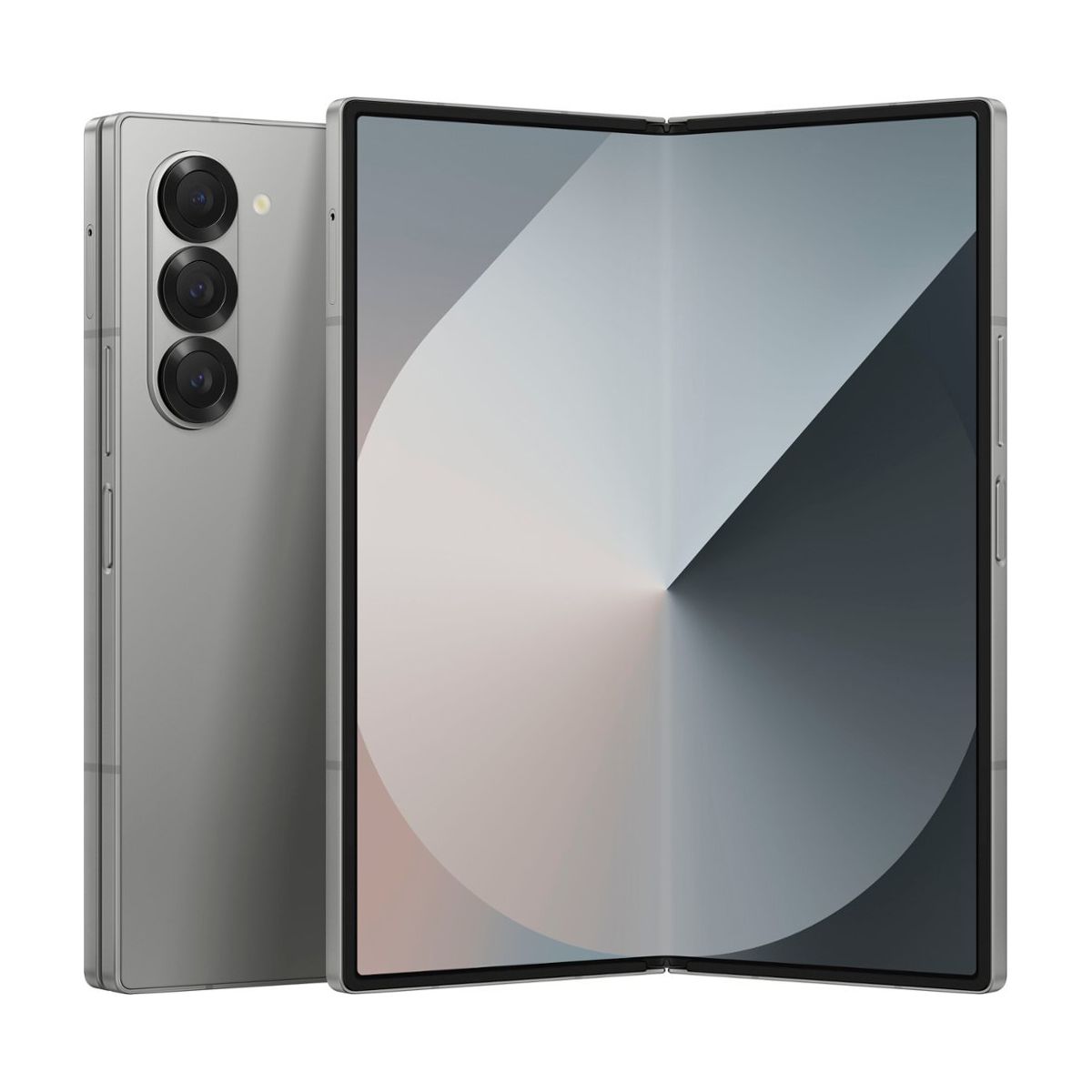
Samsung Galaxy Z Fold 6
Samsung’s latest foldable takes some cues from the Galaxy S24 Ultra, with a boxier design and an all-matte finish. It features a slightly wider cover display for a more comfortable typing experience, as well as new Galaxy AI features and an upgraded ultra-wide camera.
Source link

